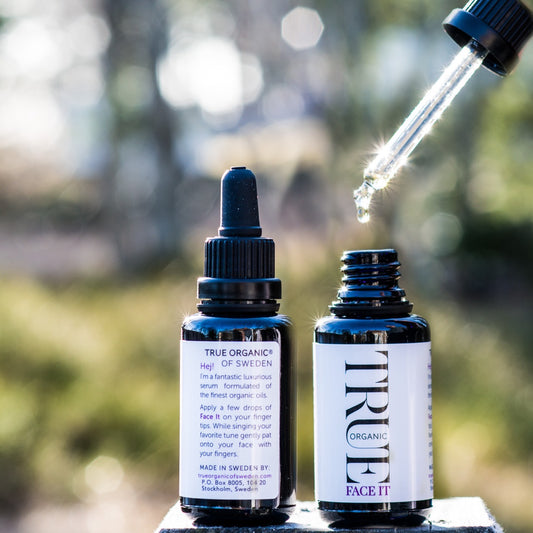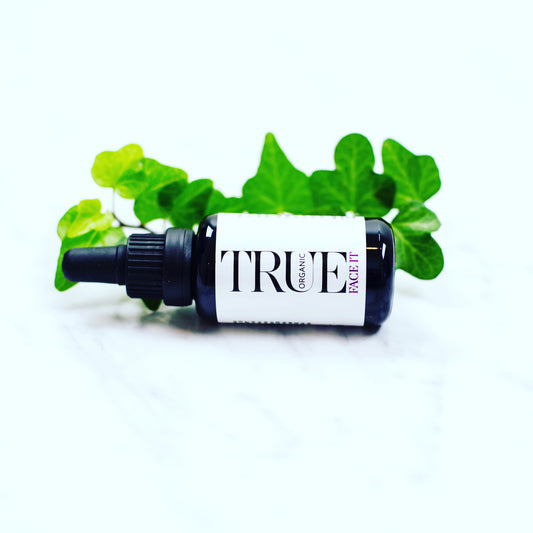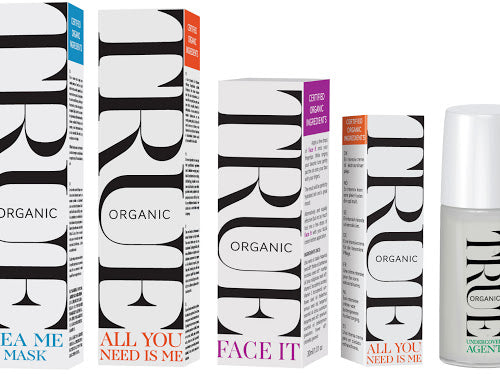News

Organic Skincare: Small Choices, Big Impact
The Benefits of Organic Skincare for You and the Planet Choosing organic skincare products benefits both your health and the environment. By selecting all-natural ingredients, you avoid exposing your skin...
Organic Skincare: Small Choices, Big Impact
The Benefits of Organic Skincare for You and the Planet Choosing organic skincare products benefits both your health and the environment. By selecting all-natural ingredients, you avoid exposing your skin...

True Organic of Sweden's Award Winning Face It ...
True Organic of Sweden's Award Winning Face It Serum Safflower Oil: Nature's Rejuvenating Elixir The safflower plant provides an oil that’s packed with skin-nourishing vitamins and essential fatty acids. We...
True Organic of Sweden's Award Winning Face It ...
True Organic of Sweden's Award Winning Face It Serum Safflower Oil: Nature's Rejuvenating Elixir The safflower plant provides an oil that’s packed with skin-nourishing vitamins and essential fatty acids. We...

The shift towards natural, organic products.
In a world saturated with skincare options, it's easy to get lost in a sea of promises and extravagant claims. However, amidst the noise, there's a growing movement towards simplicity...
The shift towards natural, organic products.
In a world saturated with skincare options, it's easy to get lost in a sea of promises and extravagant claims. However, amidst the noise, there's a growing movement towards simplicity...

Get your glow on with Chia seeds
You want glowing, hydrated skin that looks naturally luminous? We feel you. Who doesn't want a complexion that looks lit-from-within? Luckily, getting that gorgeous glow is easier than you think....
Get your glow on with Chia seeds
You want glowing, hydrated skin that looks naturally luminous? We feel you. Who doesn't want a complexion that looks lit-from-within? Luckily, getting that gorgeous glow is easier than you think....

True Organic of Sweden's Winter Sale Is Now on ...
Hey there, skincare fan! Have you heard the exciting news about True Organic of Sweden's epic winter sale? It's that time of year again - the Swedish skincare brand we...
True Organic of Sweden's Winter Sale Is Now on ...
Hey there, skincare fan! Have you heard the exciting news about True Organic of Sweden's epic winter sale? It's that time of year again - the Swedish skincare brand we...

Why you should choose organic skincare products
When it comes to skincare, choosing organic products is not just a trend, but a conscious decision towards healthier and more sustainable choices. True Organic of Sweden is a brand...
Why you should choose organic skincare products
When it comes to skincare, choosing organic products is not just a trend, but a conscious decision towards healthier and more sustainable choices. True Organic of Sweden is a brand...
